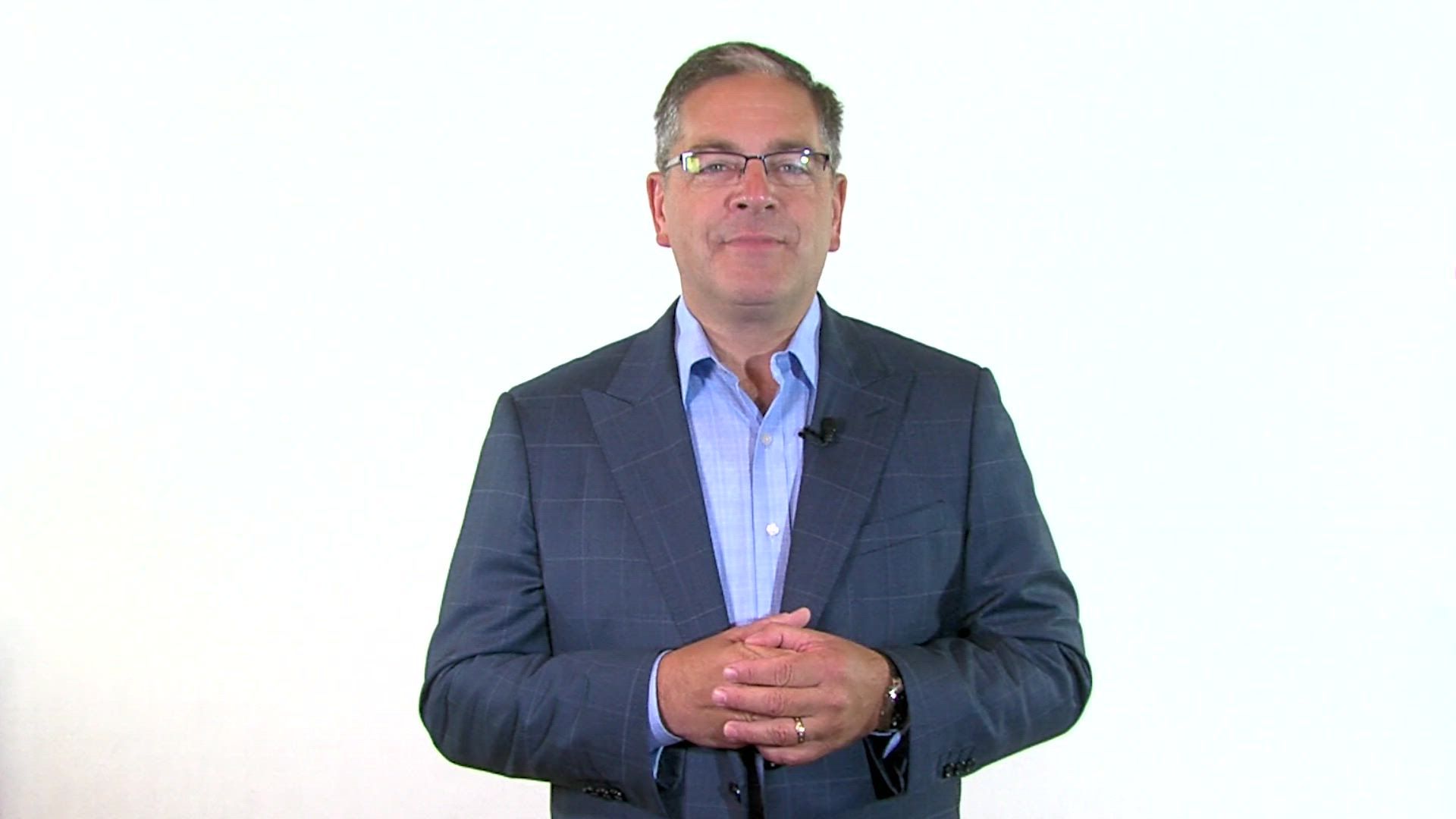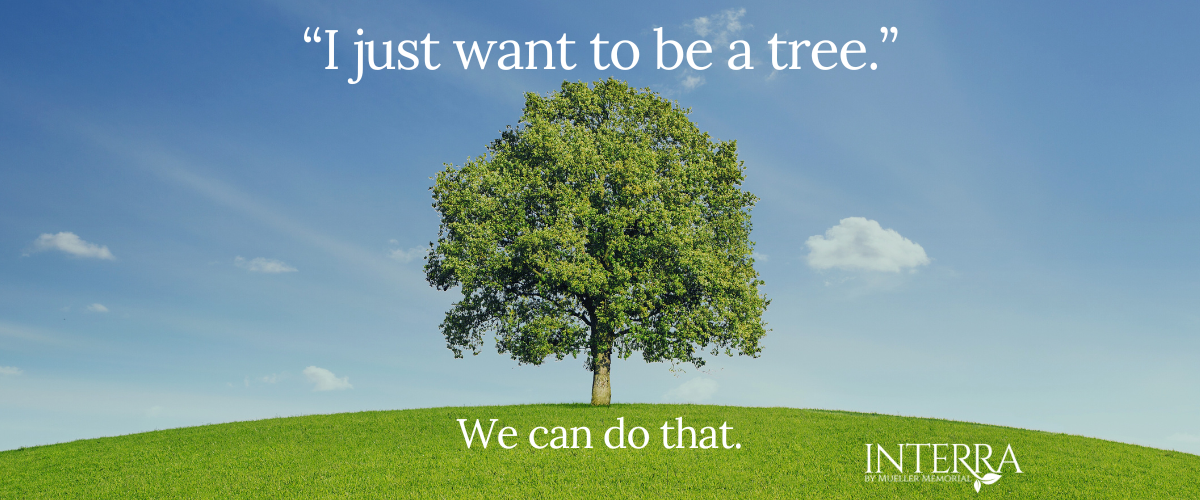The Advantages of Flameless Cremation | Interra Green Burial
The Advantages of Flameless Cremation
For many, the act of bidding farewell to a loved one involves a deeply personal and profound ceremony. The traditional burial or the now-common flame-based cremation have been standard disposition methods for centuries. However, Interra Burial introduces a new, eco-friendly way to say goodbye: flameless cremation. But what is flameless cremation? And what are its advantages? Let’s delve deeper into this topic to discover the flameless cremation benefits.
What is Flameless Cremation?
Flameless cremation, also known as alkaline hydrolysis or water cremation, is an alternative to flame cremation. Instead of using fire to break down the human body, this process employs a combination of gentle water flow, temperature, and alkalinity to hasten the natural tissue disintegration process. The outcome remains the same – you get cremated remains which can be buried, kept in an urn, placed at a conservation tree, or scattered as per the family's wishes.
How Does Flameless Cremation Work?
The flameless cremation process is scientific yet straightforward. The deceased body is placed in a pressure vessel, where it's then submerged in a solution of 95% water and 5% potassium hydroxide and/or sodium hydroxide. The vessel is then heated, to 200-300 degrees Fahrenheit, much lower than the 1600-1800 degrees required for traditional flame cremations.
Over a few hours, the combination of alkali, heat, and water accelerate the natural breakdown of tissue, leaving only the harder bone material which is dried, processed into a fine “ash” and returned to the family as cremated remains. Notably, items like medical implants remain intact and can be safely retrieved and recycled.
The leftover sterile liquid, which contains amino acids, peptides, and salts but no intact DNA, is a welcomed addition to the wastewater system. It is processed back to neutral water at the Blue Lake Wastewater Treatment facility, and returned to nature via the Minnesota River without any environmental harm.
Is Flameless Cremation Environmentally Friendly?
One of the most compelling flameless cremation benefits is its environmental impact. This method is significantly more eco-friendly than its alternatives. For instance, flame-based cremation burns propane or natural gas to heat the cremation chamber, and releases the carbon from the fuel and the carbon from the body directly into the atmosphere.
Flameless cremation produces no such emissions because the water is heated with electricity and the carbon from the body is captured in the water to be repurposed by the treatment facility and the aquatic ecosystem. Furthermore, it is reported to reduce the carbon footprint of the decedent’s disposition by over 75%, making it an environmentally friendly choice for the eco-conscious individual.
Additionally, flameless cremation uses fewer resources. Compared to full traditional burial, there are far fewer resources consumed with alkaline hydrolysis (AH) by not using embalming fluid, wood or metal caskets, and concrete or metal vaults. There is also no need to consume fossil fuels to transport these heavy items. Recent developments in the field of flameless combustion, as discussed by Perpignan, Gangoli Rao, and Roekaerts in 2018, have highlighted the efficiency and reduced emissions of this process.
Is Flameless Cremation Safe and Legal?
Safety is a paramount concern for funeral service providers. Flameless cremation is not only a safe natural burial, but it also ensures that all remains are managed in an environmentally responsible manner. Medical implants can be extracted without damage, providing an opportunity for recycling and further reducing environmental impact.
As for legality, Minnesota was the first in the United States to permit alkaline hydrolysis as a legal form of final disposition. The highly respected Mayo Clinic in Rochester, MN was the driving force behind the legalization of AH in part because of the lesser ecological impact and efficient handling of medical implants for participants in their anatomical bequest program.
Flameless cremation has also been steadily gaining acceptance nationwide. As of today in the U.S., 21 states have legalized this disposition method, recognizing its eco-friendly attributes and safe practices. As its popularity grows, it's expected that more states will adopt regulations allowing funeral homes to offer flameless cremation.
How Much Does Flameless Cremation Cost?
The cost of flameless cremation, often referred to as bio cremation or water cremation, varies based on location and specific funeral homes. Generally, it can be comparable to or slightly higher than traditional cremation methods, mainly due to the specialized equipment required. When considering the reduced environmental impact and the unique, gentle nature of the process, many families find the price well justified.
However, at Interra Green Burial by Mueller Memorial, we want to encourage families to consider this more ecological cremation option, so our total fee for flameless cremation services starts at $4490*, which is $140* less than Mueller Memorial’s traditional flame cremation.
In Conclusion
As society becomes more environmentally aware, alternative methods of disposition like flameless cremation offer a sustainable choice for a meaningful tribute. It blends the scientific with the sentimental, allowing families to bid farewell in a manner that honors their loved one while respecting the Earth.
At Interra Burial, the embrace of this eco-friendly, cremation alternative, process is more than a trend. It represents a commitment to offering families a choice that aligns with a more sustainable future. With each flameless cremation, we take a step towards a greener world, making the farewell not just an end but also a hopeful beginning.
*These prices are accurate at the time of publication and are subject to change at any time. For comprehensive pricing information please request a copy of our General Price List at 651-774-9797 or info@interraburial.com
Grainger, B., Wilson, D., & Rainsford, S. (2023). Post-death burial and funeral practices in rural Alberta. International journal of palliative nursing, 29 6, 256-263 . https://doi.org/10.12968/ijpn.2023.29.6.256










